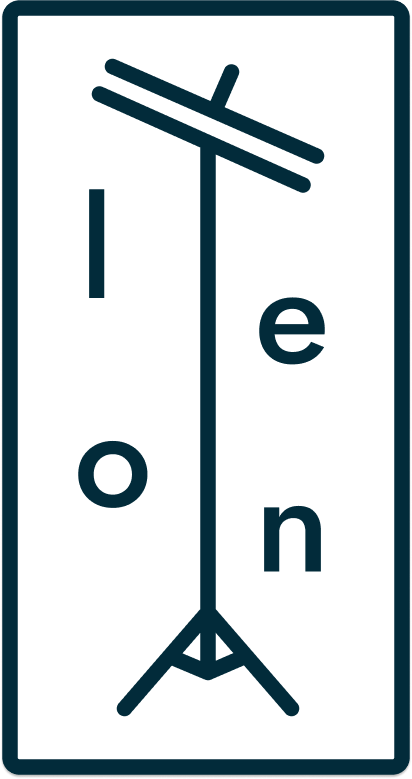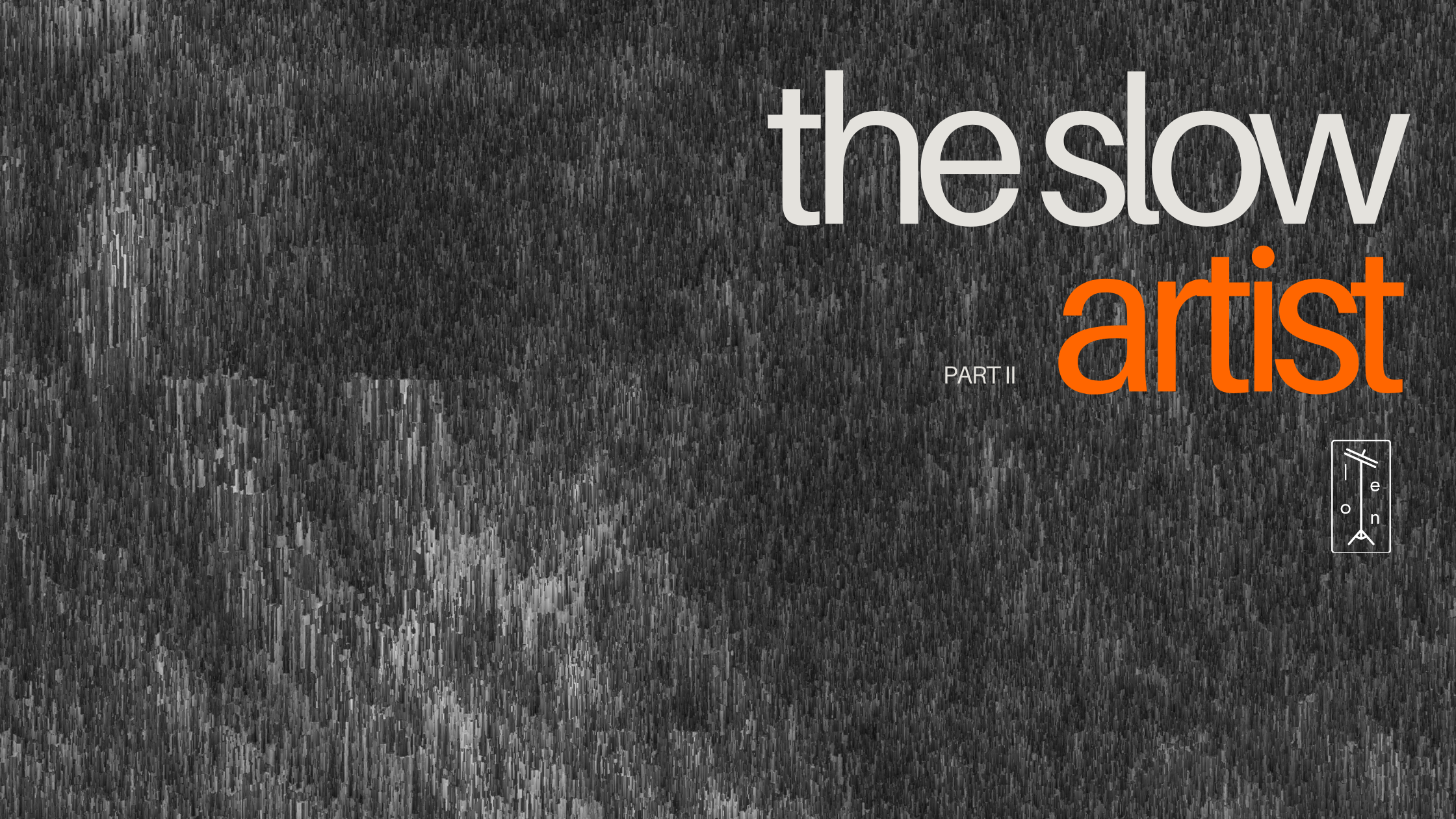The Slow Artist: Part II
Mindfully control your input
Welcome to part two of my Slow Artist Series, where I aim to offer an alternative approach to life as an artist, as opposed to the constantly-on content-driven archetype.
In this chapter, I will explore a crucial aspect of living life as a slow artist, which is mindfully controlling what you consume. This includes valuable content that inspires us and challenges our believes but also all the superficial content, advertising, copy-and-paste stuff, and everything else that contributes to the noise on social media and the internet in general.
Firstly, let me explain why I chose the term "Slow Artist". Over the past few months, the rapid pace of modern life reached a point where it no longer served my journey as a musician. The constant content consumption and an always-on lifestyle began to seem like the only path to success. We're often taught that to excel in our field, we must embrace hustle culture: do more, be louder, self-promote, and maintain constant visibility or risk being forgotten.
However, I began to question this mindset and discovered a few thought leaders and artists living a more intentional, slower pace of life. Some of them seem completely detached from current topics or trends, choosing to focus on living life differently. Interestingly, those individuals often appear to be at the peak of their performance, innovating extensively and generally creating by their own rules. So I learned that this approach often leads to the most exciting work.
Think Kendrick Lamar, John Frusciante, Lorde, Rick Rubin etc…
Choosing to go SLOW means prioritizing quality and trusting the process. There are no shortcuts, as high-quality work requires time. The illusion of social media is the allure of instant fame, given that any content has the potential to go viral overnight.
Opt for the challenging path because real success is hard to achieve and rightfully so. In the real world, rejection is more likely than online, but improvement is the only solution. Trust the process and exercise patience. No one is attending your shows? No laughter at your comedy program? No sales of your books? Improve. In art, there is no definitive end goal - it's all about the process. The objective is to be fully engaged in your craft. That’s it.
I personally can't envision a scenario where, at the end of one’s life, anyone would think, "Oh, I should have devoted more time to creating content for social media." However, if you genuinely pursue your path as an artist, giving it your all for the sake of it, you will undoubtedly be satisfied with how you spent your life.
How to be mindful with your input
To begin, we need to understand why it is important to act mindfully when spending time in the digital space. Consider this: all the videos, reels, photos, texts, gifs, memes, etc. that you come across and interact with have an impact on you and your state of mind. Sometimes the impact is immediate, and other times it may be more subtle. However, what you regularly consume has an influence on your thoughts and how you perceive the world, your music, and everything around it. Ultimately, all these different thoughts accumulate and shape how you feel in this world.
I have identified four steps that can help increase mindfulness regarding your input:
Notice —> Identify the type of content that positively influences your artistic practice/life.
Decide —> Define your goal for consumption. Why are you consuming this content?
Re-Organise —> Implement your goal by designing your digital environment.
State of Awareness —> Practice mindfulness while consuming digital content.
Step I: Notice what you consume and how it impacts you
The first step requires no change in your behavior. Simply start becoming aware of what you consume regularly and how it affects your feelings. The key here is to be honest with yourself. For instance, you might convince yourself that certain Instagram accounts are essential for networking or other reasons, but they may not be beneficial at all. Pay attention to how you feel after using particular apps or websites.
Step II: Decide what you want to get out of it
The second step involves making a deliberate decision about WHY you are active on these platforms. Is it merely because everyone suggests it's a necessary part of being an artist in 2024 for success in your field? Are you looking to stay in touch with a select group of people who inspire you and with whom you want to share your work? Which platforms and apps are truly necessary? Here, it's crucial to be completely honest with yourself.
Step III: Re-Organise your digital environment
It's time to take action. Once you've clarified your intentions about using specific platforms, your next step is to design your digital space to serve these purposes. Remove any unnecessary aspects. Be diligent during this process. For instance, you could unfollow all Instagram accounts, keeping only a handful that contribute to your artistic development. Alternatively, you could delete all social media apps from your phone, using them only once a day through your computer's browser.
Remember, design your digital space to serve YOUR needs, not the other way around.
Step IV: Practice mindfulness while consuming content
Finally, it's important to develop mindfulness when engaging with online content to avoid reverting to old habits. Regularly revisiting steps 1 to 3 to assess how your use of social media and online content benefits your life as an artist is crucial.
Additional notes:
Before deleting all your social media, it's important to decide what will take its place. Without a clear plan, there's a risk of reverting to old habits due to the void left behind. Establishing alternative activities to fill this void is essential.
This is where high-quality creative practices come in. What does this mean?
Consider traditional leisure activities such as watching movies, listening to records, visiting museums, reading books and magazines, learning an instrument or language, deeply engaging in other passions, connecting with others, attending concerts, or even doing nothing at all.
These activities will serve you in a more meaningful way than spending time online, and their impact will be more sustainable.
Remember: Making art involves telling stories and sharing experiences. You have to live life first. Put your phone down. Go out and engage with the world. Then come back and tell about it.



